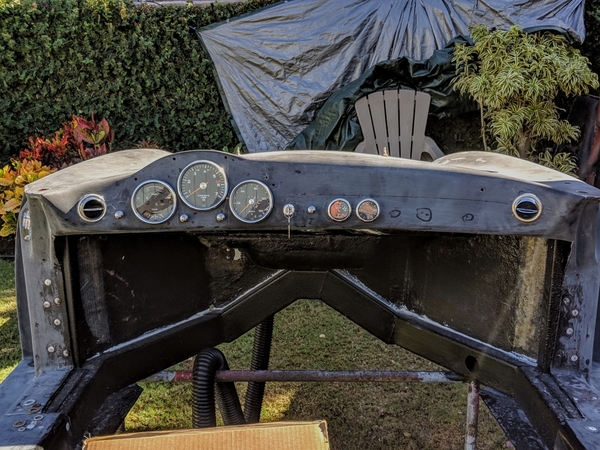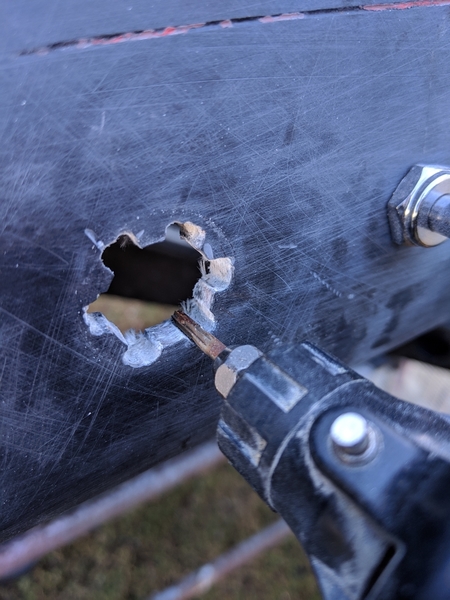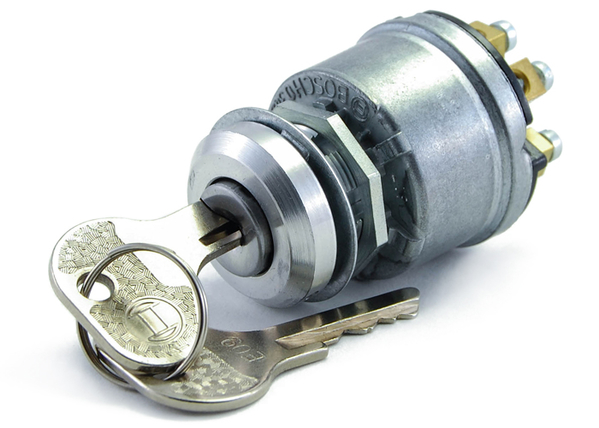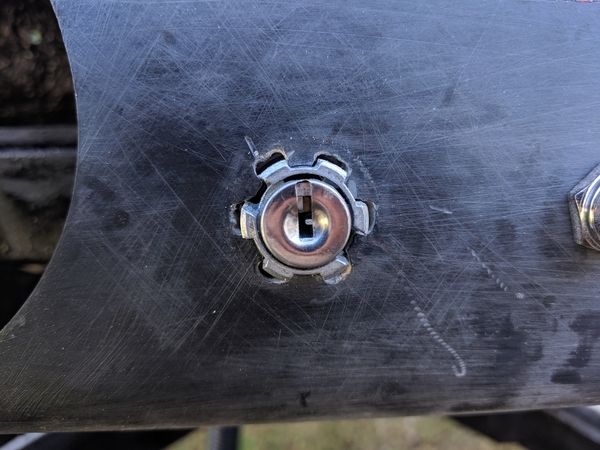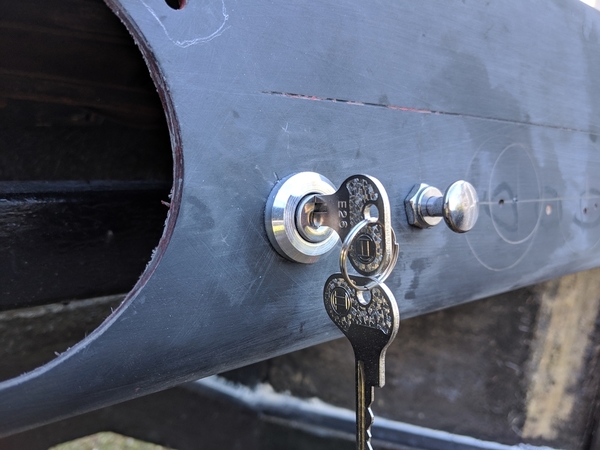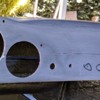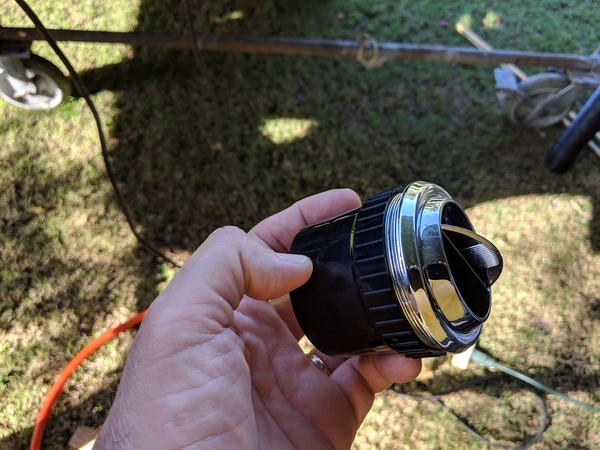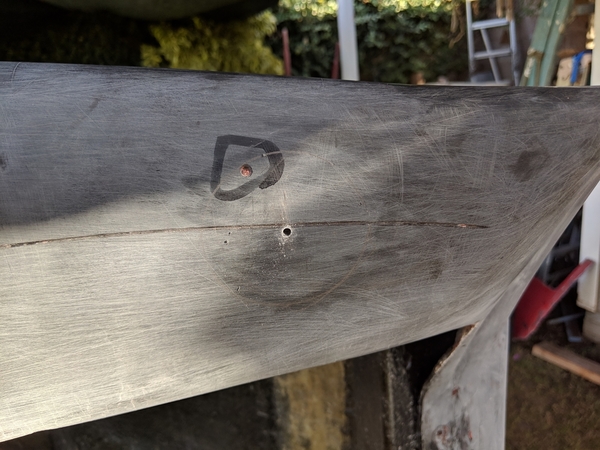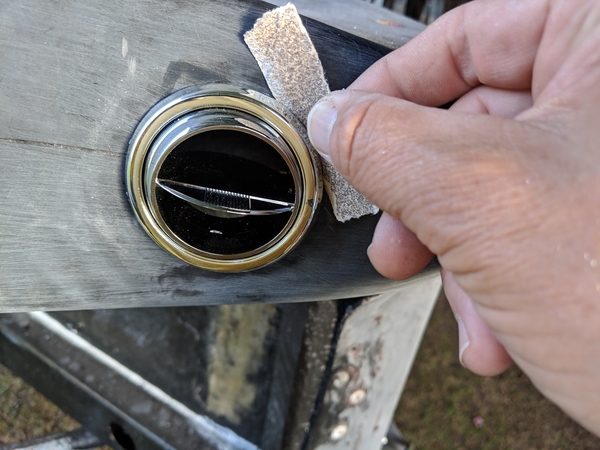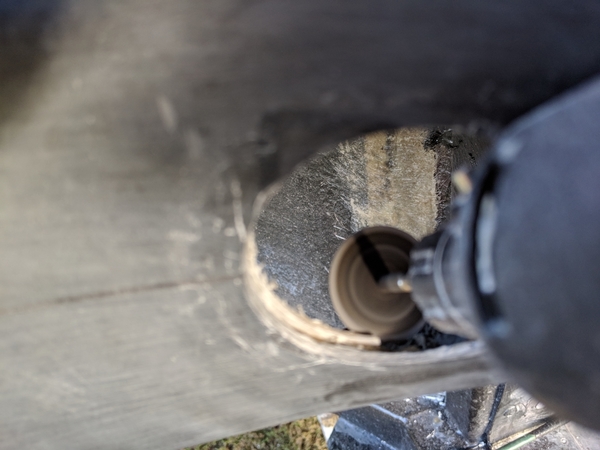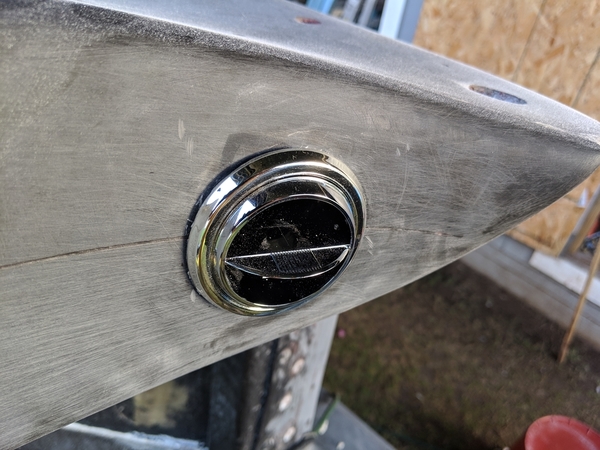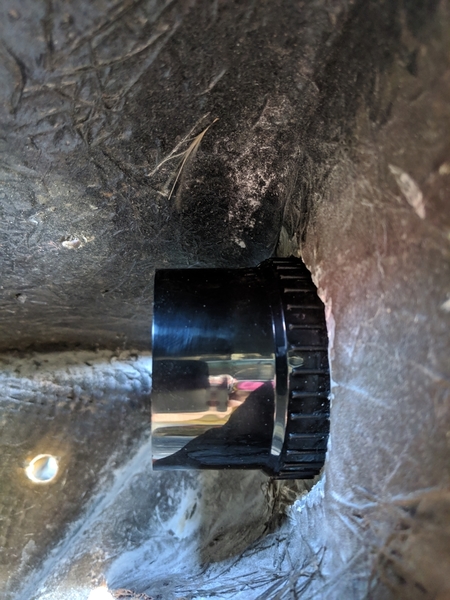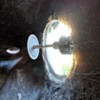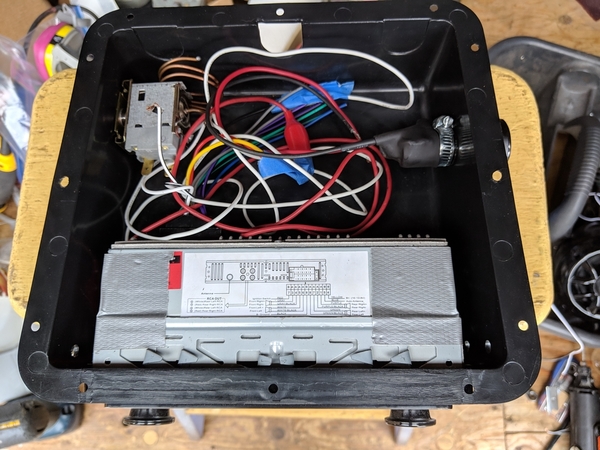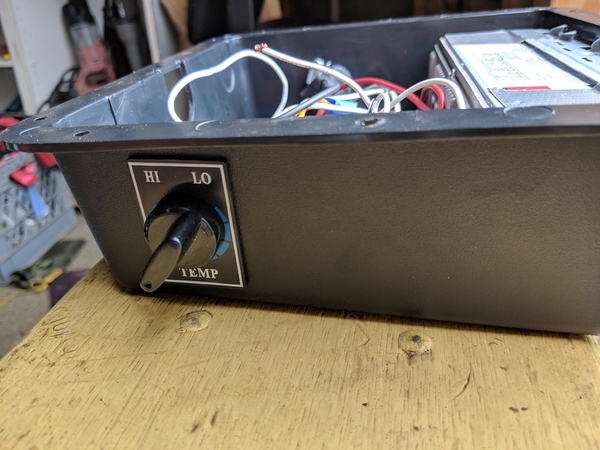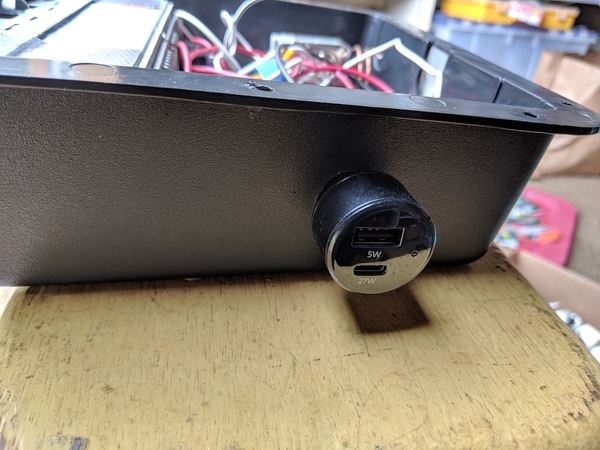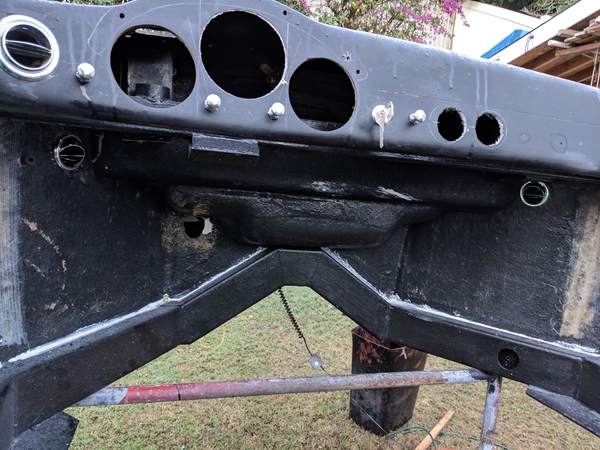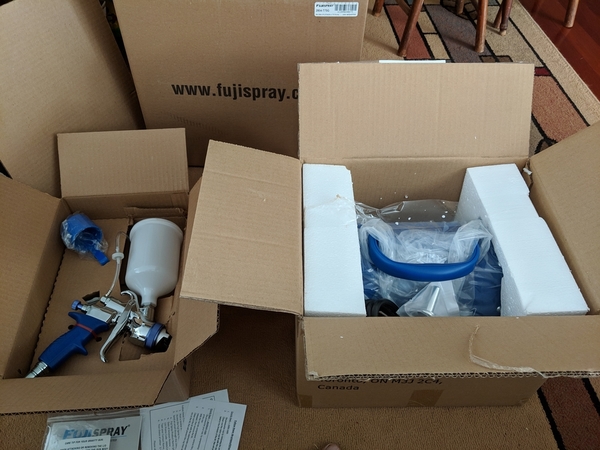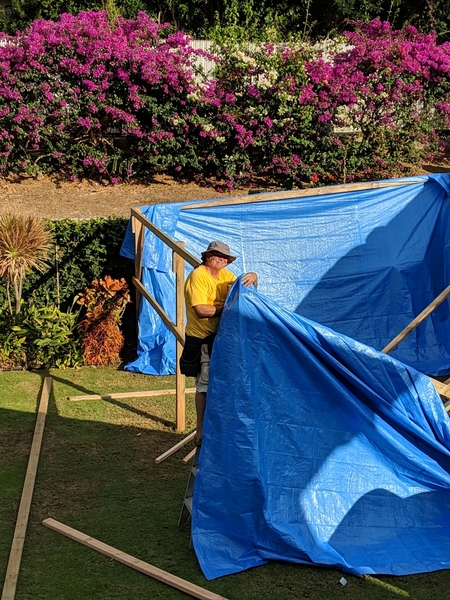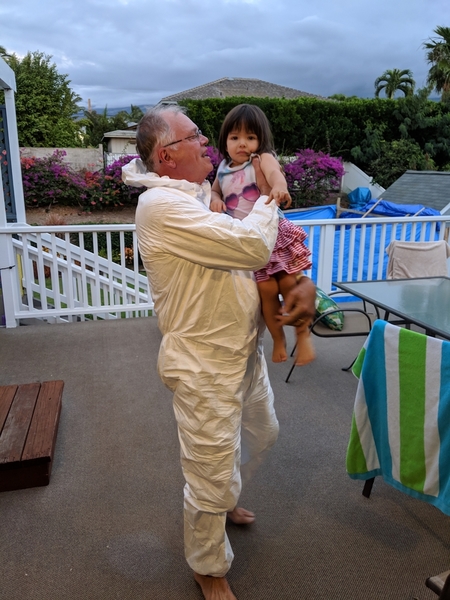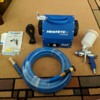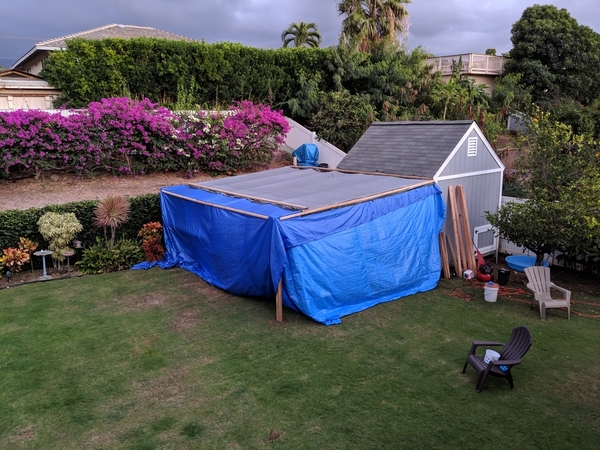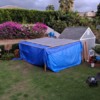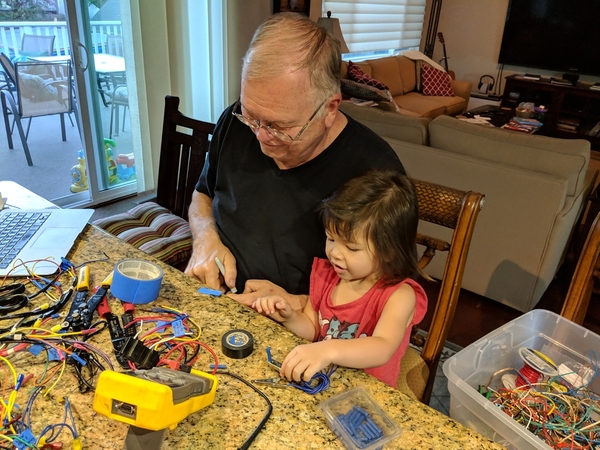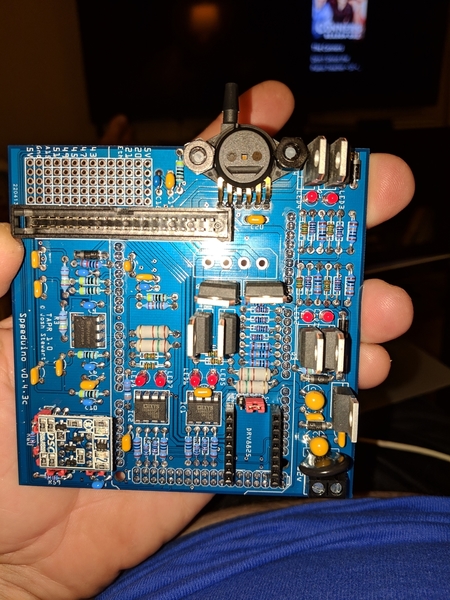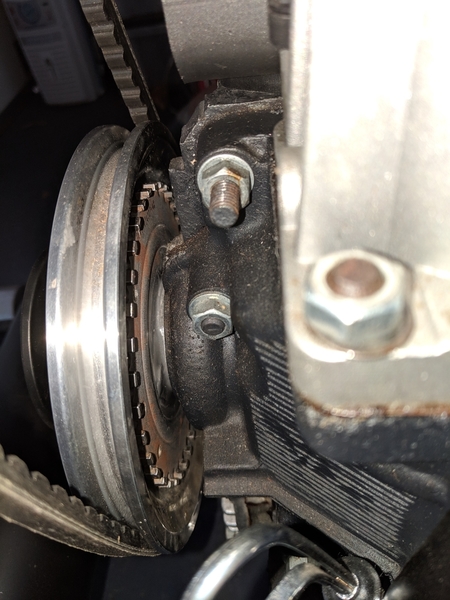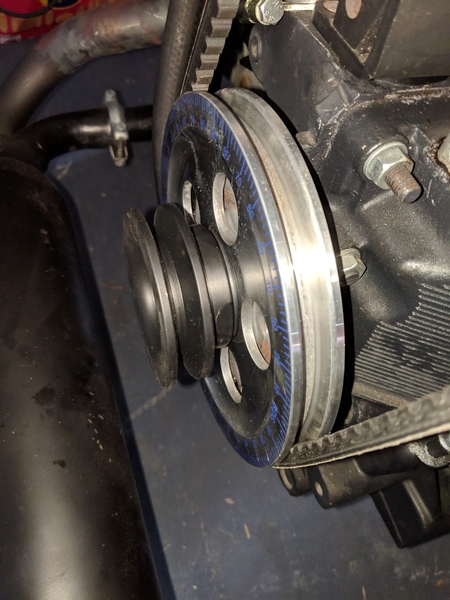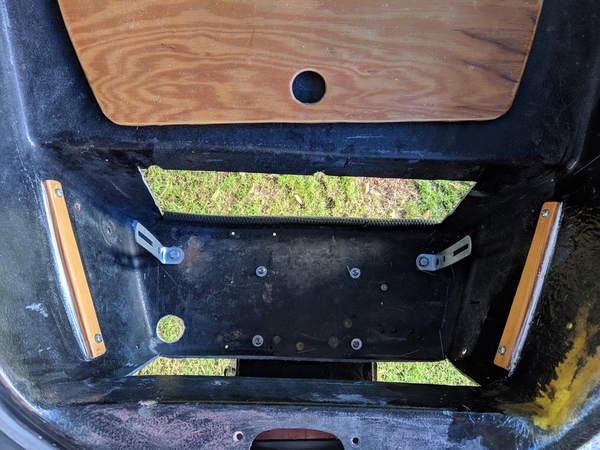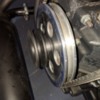Have you ever just wanted to take some hole saws and Dremel bits and cut up your dashboard? No, neither have I, but...
Dashboard update: I'm getting the dashboard prepped for painting so all of the switches, gauges and A/C vents have to be fitted. I rebuilt the old 912 VDO gauges and bought a couple of new VDOs that I wanted to add. Marianne says that the gauges need to have aluminum bezels (just like the old turbo) and 45 years of marriage prove that I can listen well when it is necessary. All of the switches had been left on the body outside for 14 years so I replaced all of those. I'm going for a retro mild outlaw look and found some nice vintage style switches that I like a lot (from mr-dash on eBay). These switches fit the original holes perfectly. I picked up a new Bosch 356 style ignition switch (644 613 101 06) from oempartsforexport on eBay (nice quality). I'm using the A/C vents that came with the universal kit I got from Coldmaster.
The hard parts were the ignition switch, the new gauges and the A/C vents. I'll give some details on each in followup posts in case anyone is interested, but I thought I'd just cut to the chase and post a picture of the final layout. The dash will be painted the same color as the rest of the car and the jury is still out on the question of dash padding.
Switches from left to right: headlights, hazard, wipers, ignition, A/C on/off & fan speed
Gauges: combo fuel/oil temp, tachometer, speedometer, oil pressure, chronometer (clock :-)


